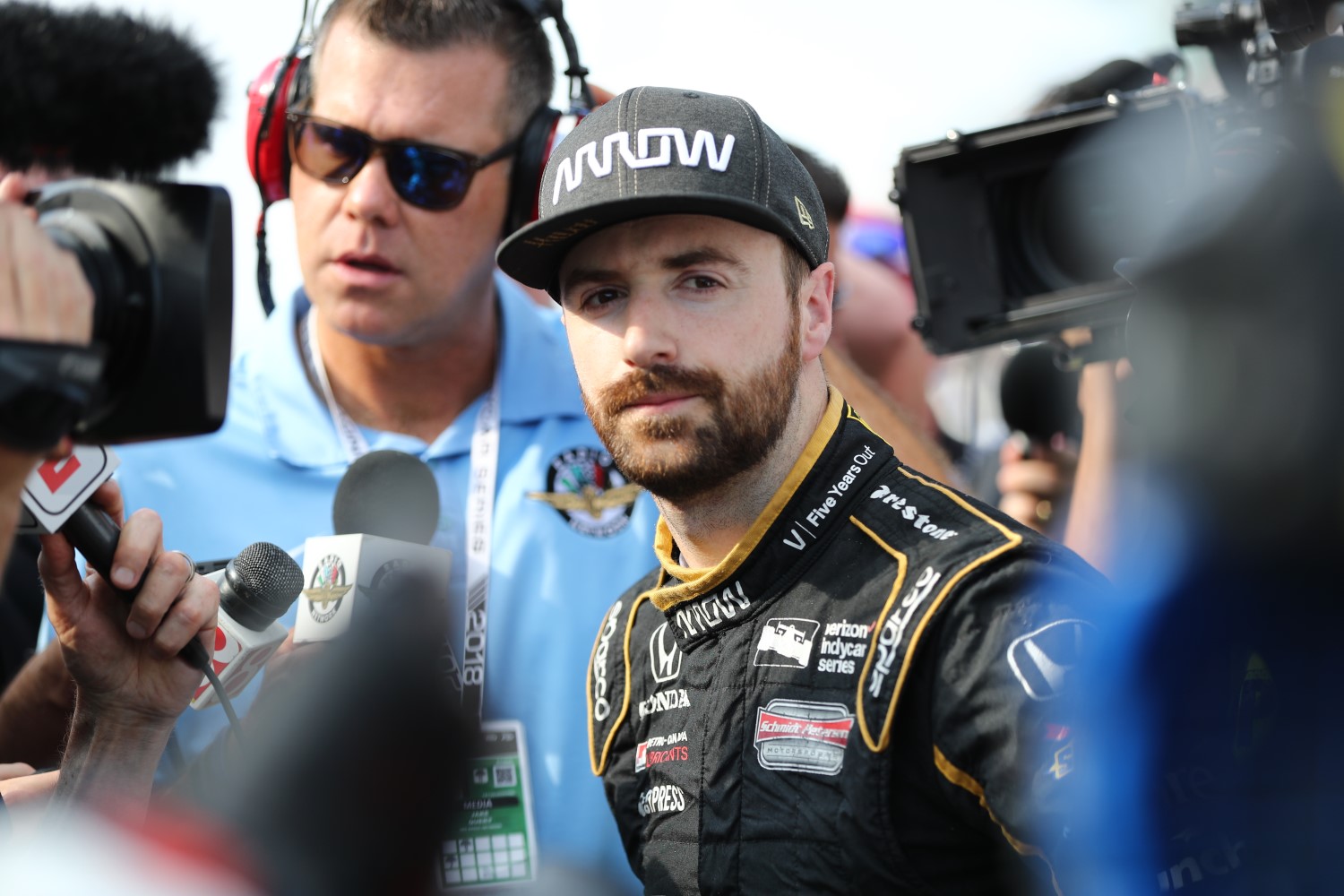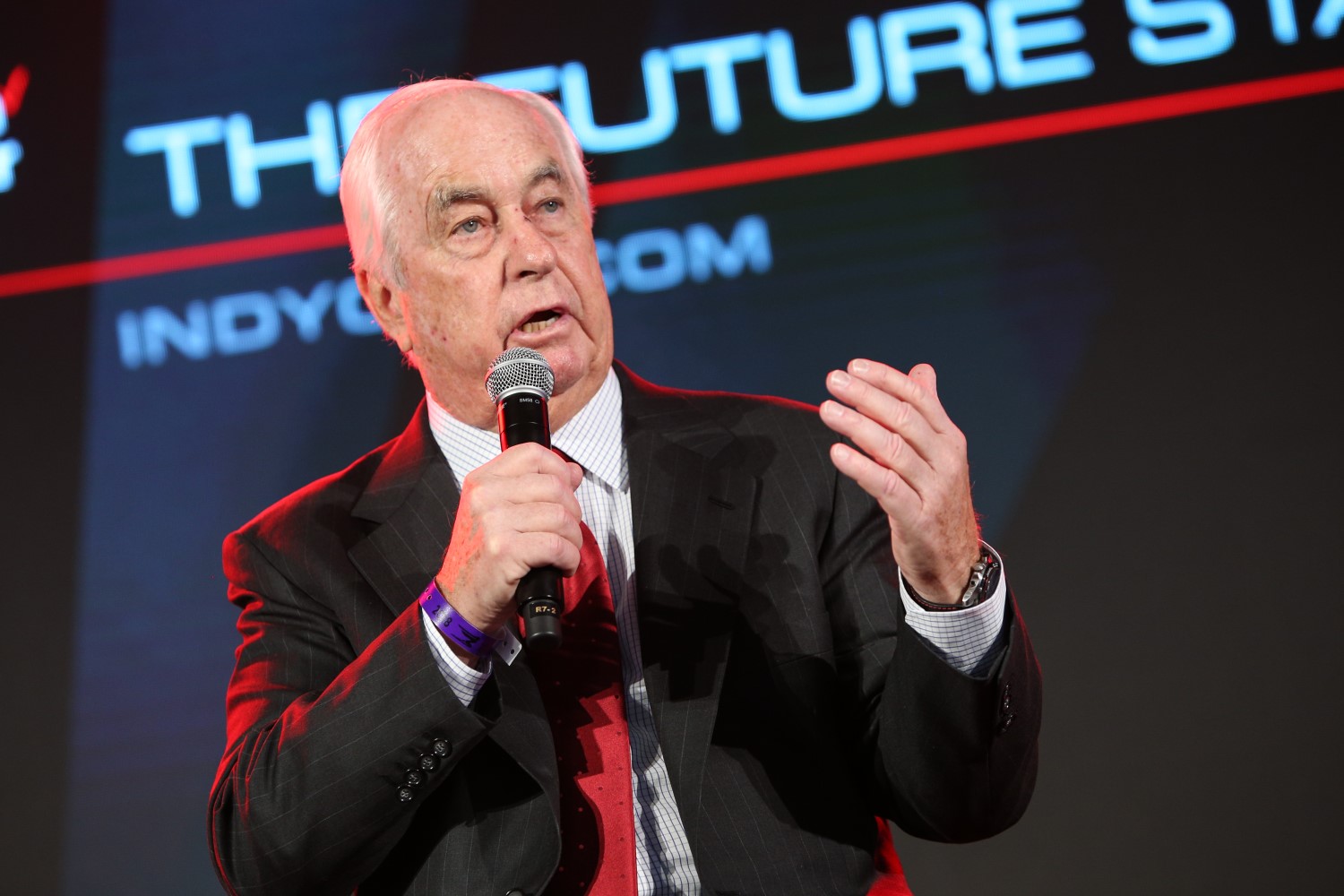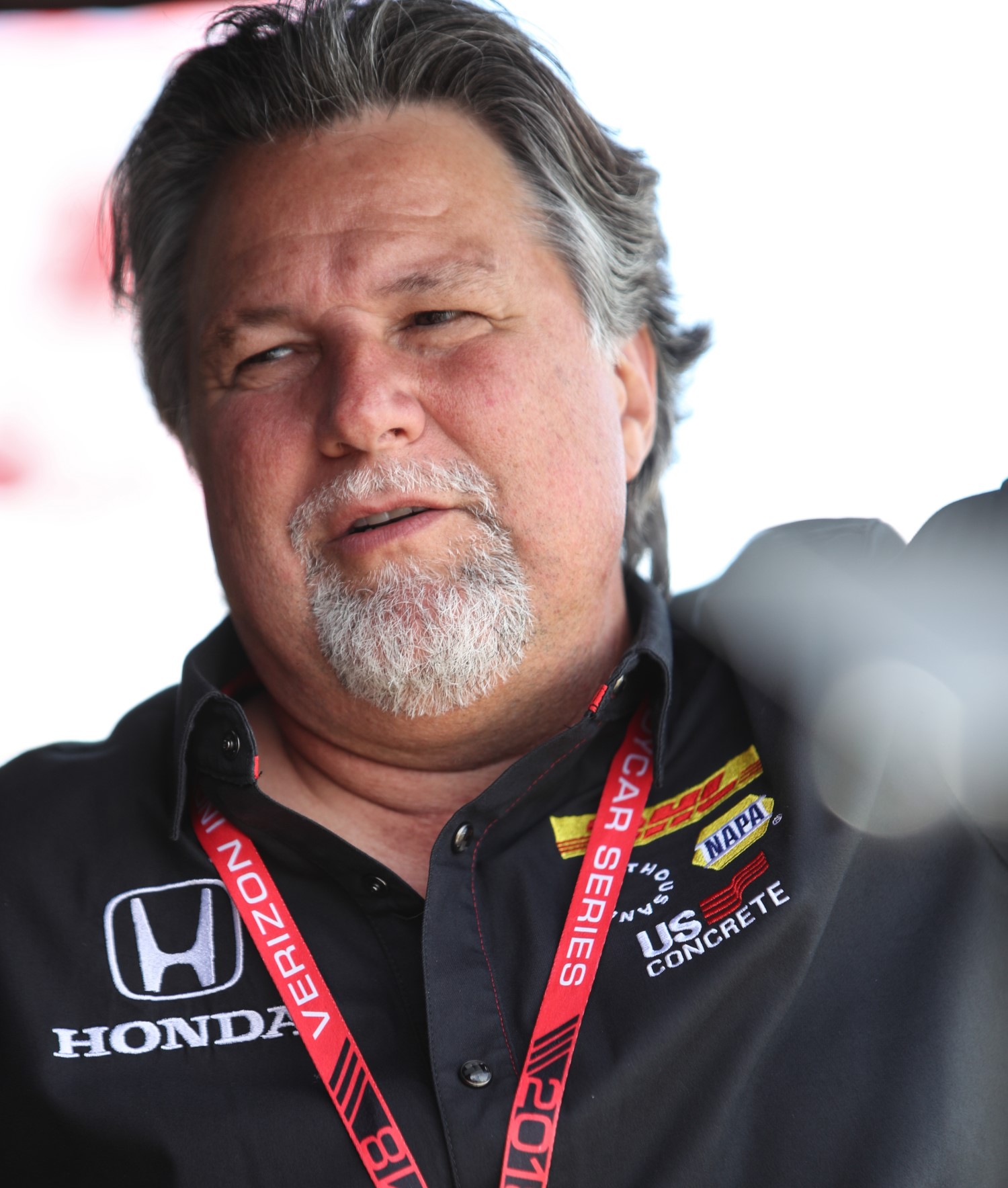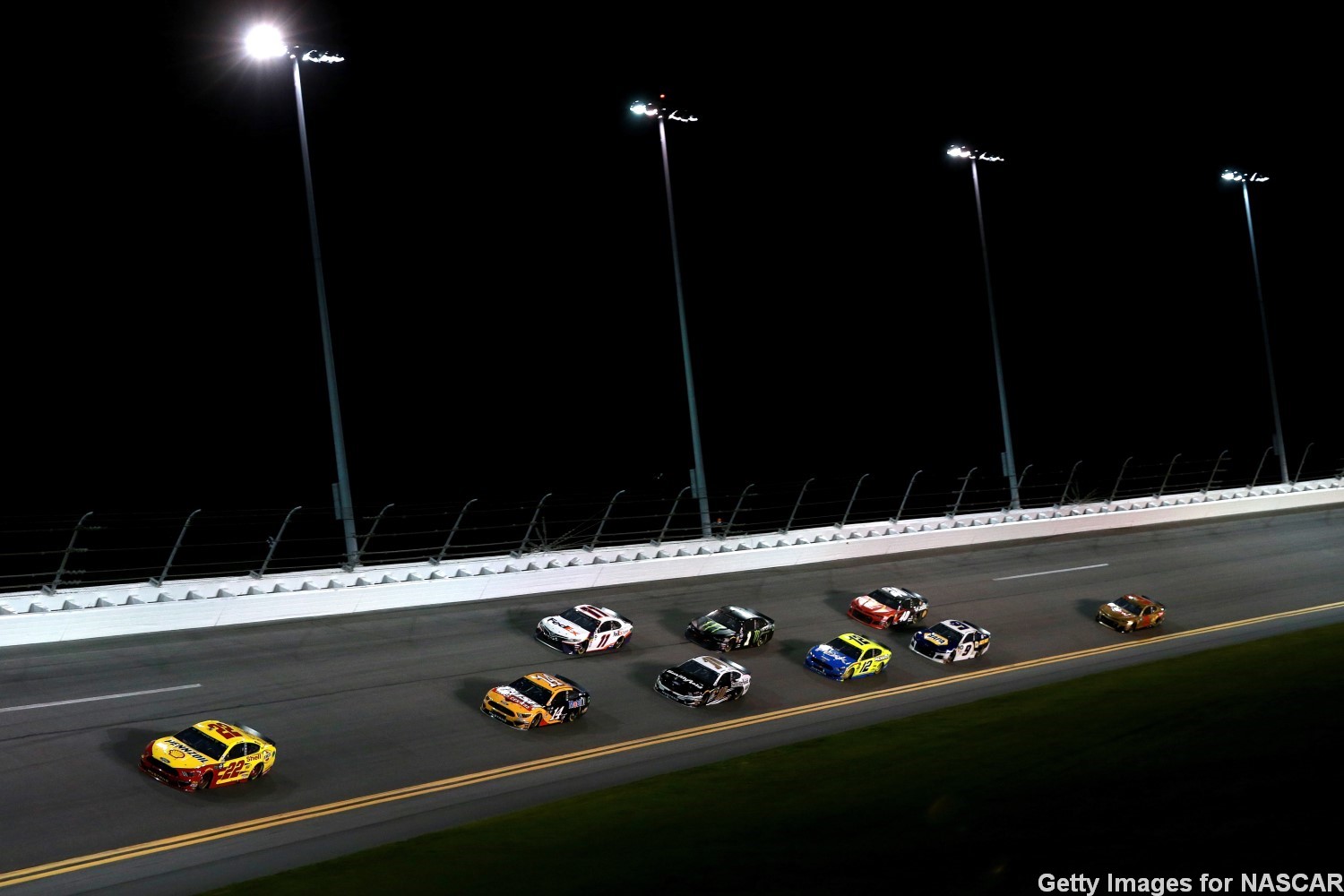Should the Indy 500 have guaranteed starting spots?
 |
| A despondent James Hinchcliffe after missing last year's 500 |
A pending move, the Easter holiday, and numerous other ‘life’ events left little time for thinking and writing last week. Thus, I missed my usual Long Beach Postscript. As you know, Alexander Rossi dominated the proceedings in the 45th running of the Acura Grand Prix of Long Beach. It was the sixth career win for Rossi and first of 2019, giving the Nevada City, CA native huge momentum heading into the month of May.
As for the month of May, well, that was a point of discussion in Long Beach as well; in particular, the debate regarding whether or not full-time entries should be guaranteed spots in the Indianapolis 500.
In recent years, this debate of course, hasn’t really been much of a debate as IMS has often struggled even to attract 33 entries. That was not the case last year, and popular Canadian James Hinchcliffe failed to qualify for the race. Compounding Hinchcliffe’s failure to qualify, was the fact it came in the midst of him being the centerpiece of a national Honda marketing campaign., and the fact he carries Arrow branding on the side of the No. 5 Honda. Arrow has been a loyal sponsor of IndyCar the last six years. And the question inevitably arose: does a series that already has difficulty attracting heavy-hitting corporate sponsors want to endanger relationships such as Arrow and Honda with a driver such as Hinchcliffe missing the field?
Team owners Roger Penske, Chip Ganassi and Michael Andretti, gentleman who one might say have skin in the game, don’t think so. Full-time teams in their view should be guaranteed a spot in the sport’s premier event, as a means of protecting the teams and their partners. Penske and Andretti of course, have seen their drivers fail to qualify for Indy, Penske in 1995, Andretti in 2011.
[adinserter name="GOOGLE AD"]Generally speaking, the majority of fan reaction to Penske, Andretti and Ganassi has been negative. The Indy Star ran a poll on the matter, in which 90% of the respondents stated their desire to not have guaranteed spots. A less-scientific perusal of social media would indicate similar sentiment amongst IndyCar’s small, but incredibly loyal fan base. In short, it appears that sentiment within the IndyCar paddock differs greatly from sentiment outside the paddock.
In other words, if you are grinding away every weekend making a living in the sport your perspective is quite different than if you consume the sport for entertainment.
As for the series: Hulman & Co. CEO Mark Miles reiterated at Long Beach that the rules for this year’s 500 were locked, but made no commitments for future races. In other words, Miles has left the door open for potential changes in the future.
So what are we to make of all this?
 |
| Roger Penske feels that if you have a lot of skin in the game you deserve a guaranteed spot |
Look, my initial reaction here is to boldly and brazenly tell Rog, Mikey, and Chip to go pound sand. After all, do Duke, Kentucky, and North Carolina get automatic entries into the NCAA Tournament? Do the New York Yankees get an automatic bid to the World Series?
Here, the criteria is simple: be one of the fastest 33 cars and you get to race.
That said, I concede this is a more complicated issue than many are making it out to be. This article will attempt to wrestle with some of those complexities, and after doing so I will very politely tell Rog, Mikey and Chip to go pound sand.
25/8
The most frequent cited phenomenon with respect to the proposal of guaranteed entries for the Indianapolis 500 is of course, the infamous 25/8 rule instituted by then-IMS President Tony George in 1996. George, in what was considered a hostile move towards CART at the time, reserved 25 of the 33 spots in the 500 for regulars in his then-start up Indy Racing League. CART, of course, boycotted the Indianapolis 500, which was contested by lesser known drivers. One could argue (I would) that the 500 has never been the same. The race’s tradition of attracting many of the world’s best drivers, teams and manufacturers was undercut – perhaps irreparably – in lieu of being a pawn in a game of high stakes political warfare.
But let’s be honest here: the differences between the 25/8 rule and now are vast.
 |
| And so does Ganassi |
For starters the 25/8 rule was Speedway/IRL against team owners. This here is team owners requesting a measure be granted by the Speedway/INDYCAR. Also, the 25/8 rule was conceived during a boom time for the sport. In 1996, IndyCar racing was something worth waging war over, and the 25/8 rule was akin to an act of war. This, again is by all accounts a peaceful request devoid of any threat of hostility, and not for a sport that anyone will be waging war over in the near future. In other words, Penske, Ganassi and Andretti have politely made their intentions knowns without any of the hostility present in 1996.
Last, the 25/8 rule came about during a time of deep divide within the sport. While CART ran the Indianapolis 500 from 1979-1995 following the CART/USAC split, the relationship between the USAC-aligned Speedway and CART was tenuous to say the least. The uneasy relationship boiled over in 1996 with George starting the IRL and CART boycotting the 500.
Currently, we are in the midst of an era of relative peace between series, Speedway, teams, etc. Part of this of course, stems from the fact that the previous warring factions reduced the sport to a level which gave them no choice but to work together.
In short, the 25/8 rule is only relevant in the sense that it was arguably a factor in the sport being in this predicament today. But that is all.
Yes, Different Times
While many fans cling to certain traditions of the 500, the truth is that the Indianapolis 500 has changed greatly since the current rules were conceived. And frankly one could argue some of the Indianapolis 500 rules, one being the car and not the driver qualifying, are as antiquated as a front-engined roadster. Team Penske President Tim Cindric alluded to this last month at St. Pete.
“You don’t control your destiny like you used to either. I’m as big a traditionalist at Indy as there is, but back in the bumping days, you could control your destiny as far as how fast you were and what you did. But there are circumstances right now whether it’s timing or it's weather, and it's only two days. These cars are so close and so sensitive, it’s not like it was in the old days."
I’ll interject some of what Cindric was hinting at with his comments above. The teams don’t build the cars; the teams run one of the two engines the series allows us to run, the teams run the tires the series tells to run. In other words, the ability to go fast in Cindric’s view is not a function of the teams to the degree it once was. Teams don’t miss the show because they built a car that produces less downforce than other teams, or because they have an engine that produces less horsepower. They miss the show in Cindric’s view for matters more out of their control.
 |
| And so does Andretti |
Furthermore, this issue for full-time teams is somewhat negated by the access smaller teams have to equipment. With around $1 million, anyone can show up, buy a Dallara, lease an engine and essentially compete on equal footing with full-time teams.
While Cindric’s comments have not found an overly-sympathetic ear with the IndyCar fanbase he isn’t wrong. Full-time entries will always have the edge over Indy-only teams, but that edge to a large degree negated by the current rules. And the current rules mean that a team’s preparation for the race is less of a factor than it was 20-30 years ago.
Money
This probably doesn’t need mentioning, but we are all aware of the current business reality surrounding the NTT IndyCar Series. For better or worse, IndyCar has essentially evolved into sponsor-based racing without tons of sponsors. Purses are scant, crowds and television viewership are small. Sponsorship is a hard sell, and because the Indianapolis 500 is so disproportionately prominent relative to the balance of the schedule, the 500 remains the one leverage point teams have. For a team to miss the show, potentially puts the rest of their program in danger.
In these difficult times. Does the series want to risk a Hinchcliffe missing the show in lieu of Jay Howard – all due respect to Jay Howard – making the race?
Clearly from a business standpoint, the series wants Hinchcliffe in the race over Howard, but…
Let’s reverse the scenario being discussed for a moment. Say, for example, that guaranteed spots were to be implemented, and Fernando Alonso produced one of the fastest 33 laps, but did not make the race because a “locked-in" Max Chilton (all due respect) had a guaranteed spot. To me, that is a worse scenario than what happened to Hinchcliffe both from not only a commercial, but credibility standpoint. What the series has essentially done here is traded speed for participation. Putting aside the commercial elements of this, (Chilton) has gotten into the world’s most famous automobile race because of participation, in lieu of the driver that went faster (Alonso). And given the discrepancy in profile between Chilton and Alonso such a scenario would be a black eye for IndyCar.
This example illustrates a simple reality for any sports entertainment property: to have a proper competition you cannot legislate the result. For example, The Masters TV rating is better when Tiger Woods competes, however The Masters can’t automatically let Tiger Woods make the cut. Furthermore, the law of unintended consequences could have disastrous results as we would see in the Chilton/Alonso scenario.
Another thing that’s important here is the Indianapolis 500 is not merely a race weekend like other events. The Speedway essentially sells a month of May, and needs viable content for that month.
If entries are locked-in that means less practice time is necessary, and the qualifying show is not what the Speedway wants it to be.
Some will say…
 |
| NASCAR does it |
NASCAR guarantees entries. And yes, NASCAR does lock 36 cars into the Daytona 500 for full-time entries. However, one could argue (I would) that NASCAR’s more restrictive rules in recent seasons have deterred possible new or alternative entries from entering the sport. The Indianapolis 500, which has already had difficulty finding 33 entries in recent seasons, would make it even more difficult for new entries to participate and perhaps utilize the Indianapolis 500 as a springboard to running the full series. This scenario may give a guarantee to some full-time teams, but it also poses a potential deterrent for new teams joining.
Now, there are things I would be for…
As stated previously, it’s hard to really take on Ganassi, Penske, Andretti, etc., considering their enormous contributions to the sport over the last number of decades. No matter what we think they live the financial up-and-downs of the sport every day, and their views cannot be dismissed outright. And there are things, I would be for giving full-time teams.
For example, Leaders Circle entries could be granted an extra test day at the Speedway prior to the month of May. There could be a prize fund paid out of the Indianapolis 500 purse to the top-15 or 20 in entrant points. The series can also get rid of double points already to lessen the blow to a full-time driver that does happen to miss Indy.
In short, there are things the series could do- in addition to the things it already does such as the Leaders Circle – to reward full-time entrants without crossing the Rubicon of guaranteeing a place in the 500.
At the end of the day
While I get the financial realities of the sport, at the end of the day we’re talking about an automobile race here; the most famous automobile race in the world. Qualifying for the most famous automobile race should not be a function sex, color, creed or previous participation, but performance.
And when it comes to performance the criteria is very simple: you have one the best 33 times. It doesn’t matter that you have a high profile sponsor, or that you have more followers on your twitter account or that you drive for Penske or Ganassi. No, you post one of the best 33 times.
And that will never be controversial.
Brian Carroccio is a senior columnist for AutoRacing1. He can be contacted at BrianC@AutoRacing1.com.
